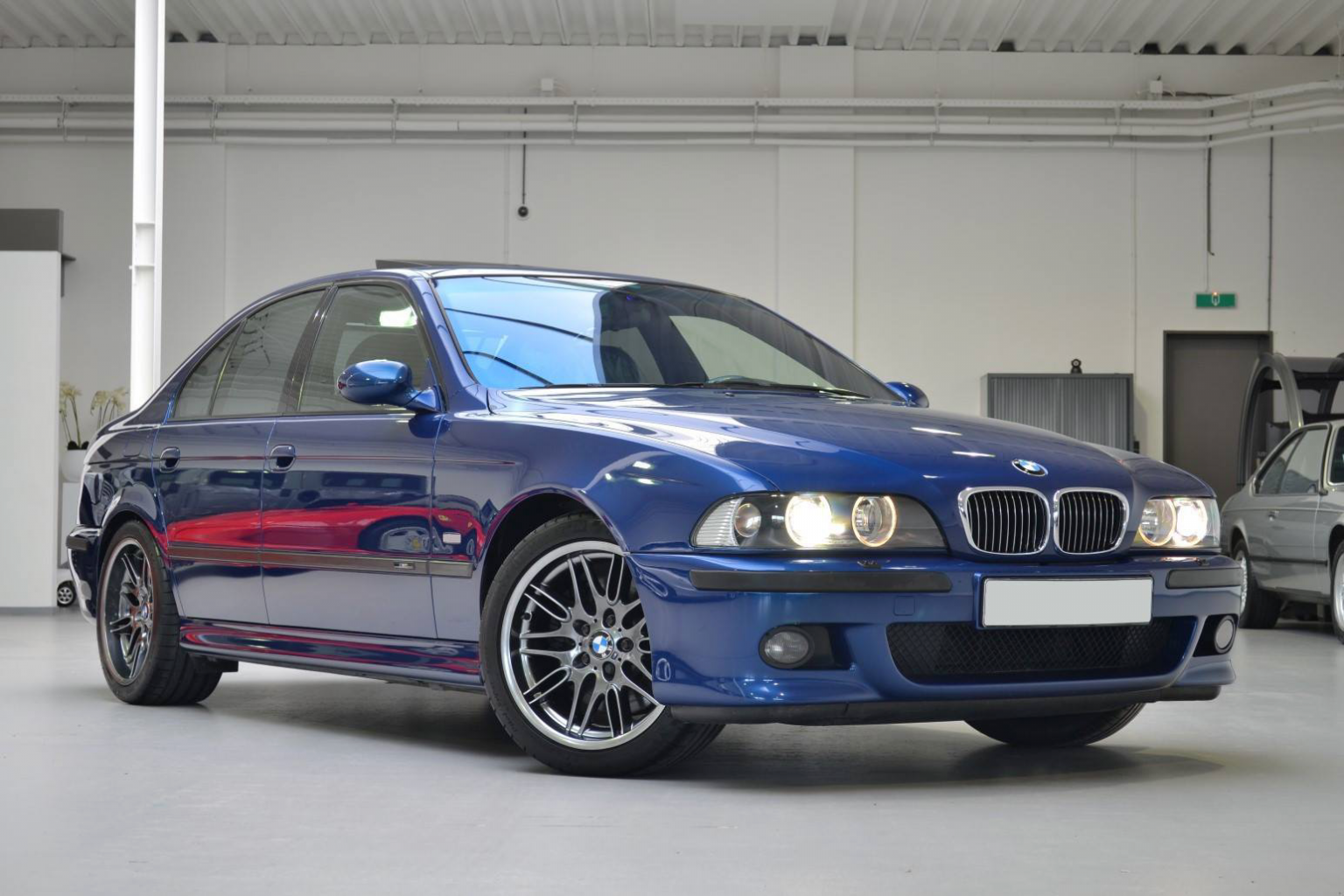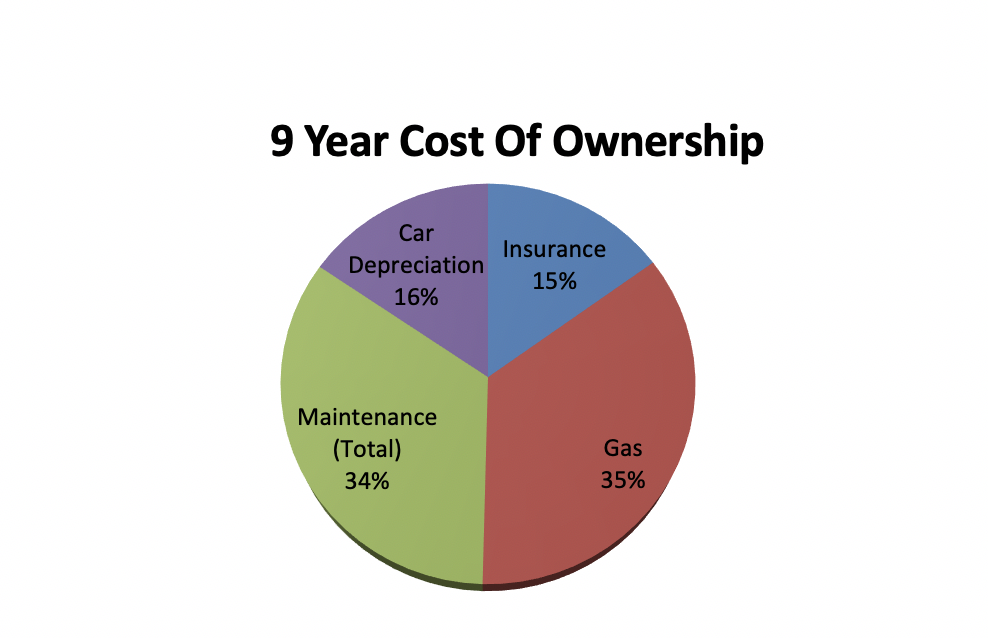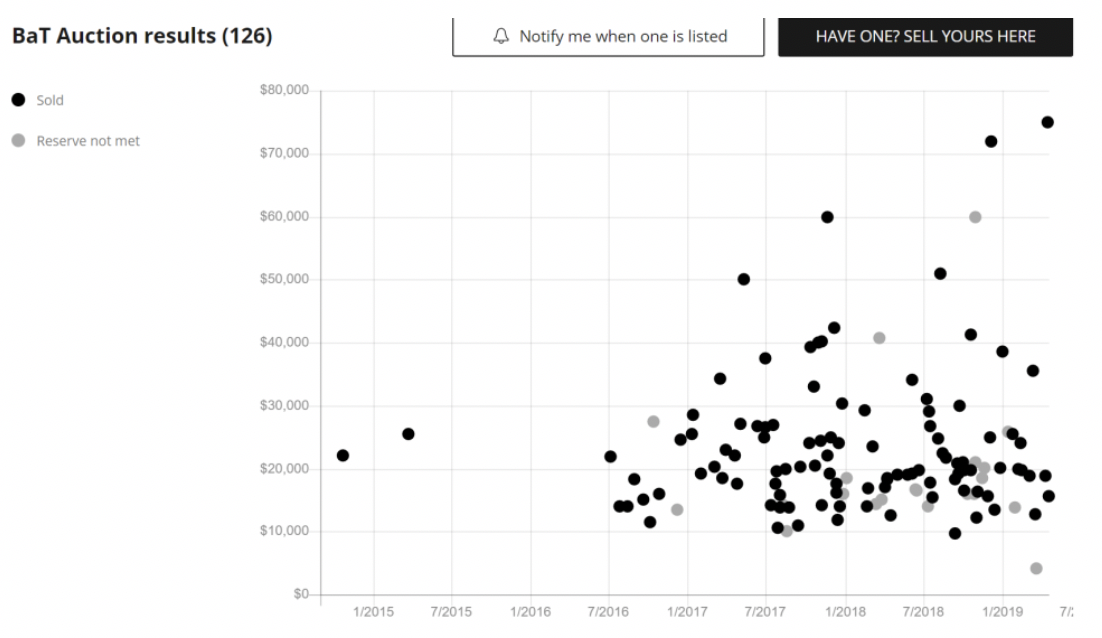
Anybody can afford to buy a used BMW. But maintaining a used BMW is another story. After all, the most expensive car you every buy will probably be a cheap BMW. This is a case study of an E39 M5 owner after 9 years and 100,000 miles. So, what did that cost?
1. The operating cost of the car is 53 Cents per mile. The average cost for a large sedan is 56 cents per mile (AAA 2018). You get that number by dividing total miles driven by everything you put into it, like gas, insurance, repairs, and the cost of the car when you bought it versus value if you sold it today (depreciation).
2. My M5 averaged 10,500 miles per year, and burnt an average of 560 gallons per year.
3. My average maintenance cost per year is $1,900.
4. It cost me about $5,700 per year to daily drive my M5 10,500 miles.
What does it cost to operate an E39 M5? I have kept the records since day
- Here are the quick facts:

s that expensive? On average, it has been cheaper to drive my M5 compared to a semi-new Honda Accord over the same time. How? Depreciation is where you lose most of the money on a new car. It appears I bought my M5 on the bottom of the depreciation curve. Here are some numbers you need to know about the car. It was purchased in 2010 during the economic downturn, when people were purging themselves of luxury vehicles. The car had 67,000 miles, and cost me $19,500. What is it worth today? I assume I could sell it for $12,000. That’s only $7,500 in depreciation, and that is what makes this car economical to drive- it has held onto it’s value. Almost all other cars around the $20,000 price tag that you could purchase in 2010 faired much worse after 9 years and 100,000 miles. Here is what my M5 depreciation curve looks like:

It looks like its done depreciating to me- it has flatlined. Here is where the curve might be heading for good quality versions, such as the ones sold on Bring a Trailer.

It looks like the top-quality M5s are increasing in value each year, so you could infer that the value of all other M5s could be dragged up a bit as a result.
So if depreciation is low, and insurance averages around $900 a year, where does the money go? Fuel cost is high for this car, I average 19-20 miles per gallon. When I fill up with premium fuel, it costs me about $60 per tank, with fuel cost averaging around $3.50 per gallon. This cost burden is an extra expense that never goes away. Total fuel cost to date is $18,000, almost what I paid for the car!
The repairs have actually been reasonable for a car of this pedigree. My M5 is on it’s original clutch, transmission, alternator, starter, water pump, engine and second set of brakes. So where does the money go? Rubber parts! Tires last about 20,000 miles and cost around $1,200 for a new set. Brakes are expensive for the M5, about $1,600 for a full set. Suspension bushings need to be replaced more frequently than a ‘normal’ car. Oil changes are also more expensive than a normal car.
1. Total maintenance cost: $17,500.
2. Total cost to drive 100,000 miles in 9 years: $62,000!
So overall, I learned this: fuel and maintenance costs have been high, but insurance and depreciation have been low. My M5 is the opposite of what a new car is, a new car would have much higher depreciation after 9 years and 100,000 miles. A new car typically has higher insurance, respective to its value. The car has held up very well over time, and was undervalued for a while, but that is now correcting itself. If you were to buy my M5 in the condition it was in in 2010 today, it would cost you $20,000-$30,000 according to recent Bring a Trailer auctions. If you have been scared by the cost of E39 M5 ownership, it is actually ‘cheap’ when compared to cars of this class and to what happens if you spent that money on a different, newer car.
Embedded below is the video version of this case study.
